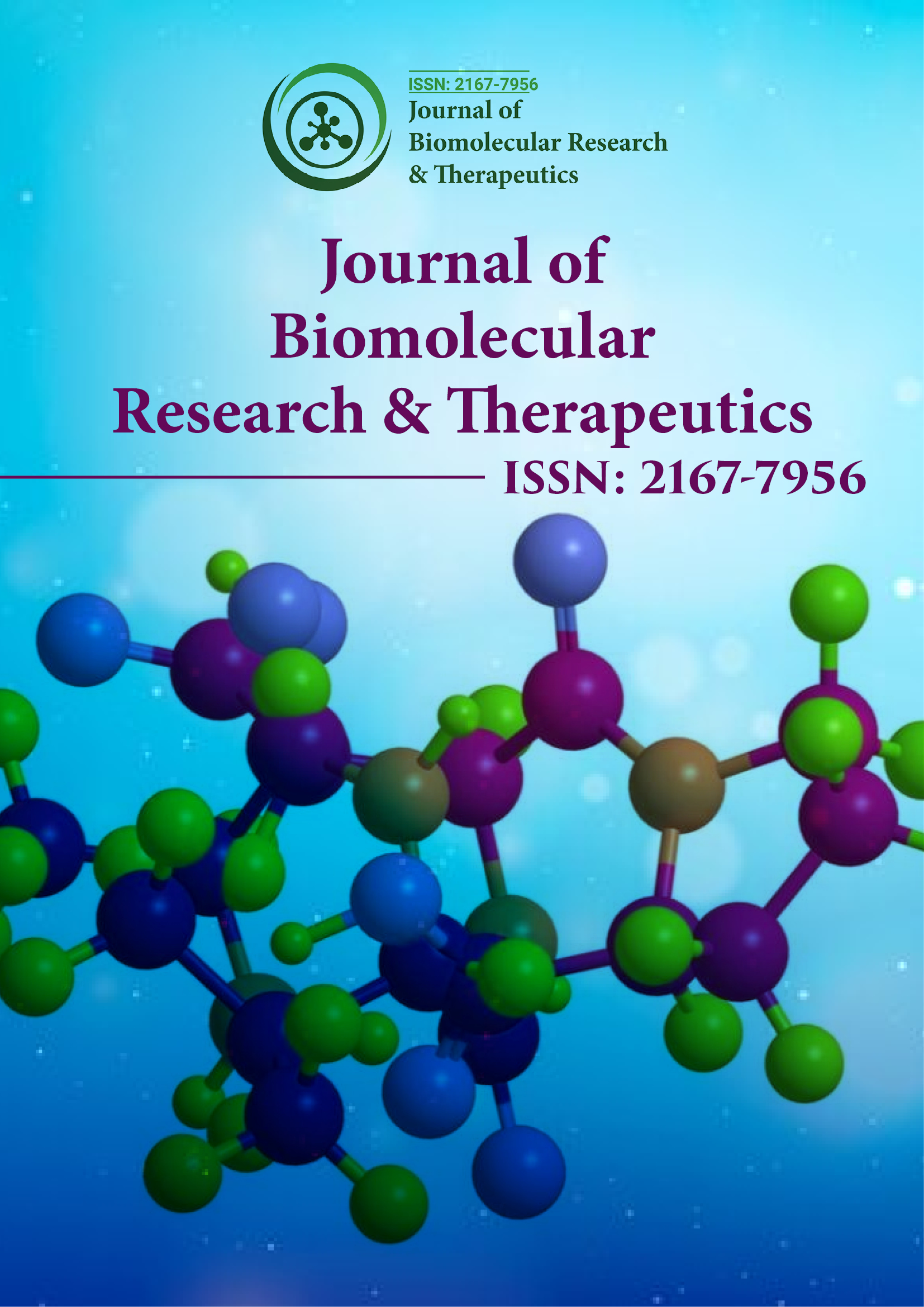索引于
- 打开 J 门
- Genamics 期刊搜索
- 研究圣经
- 电子期刊图书馆
- 参考搜索
- 哈姆达大学
- 亚利桑那州EBSCO
- OCLC-WorldCat
- SWB 在线目录
- 虚拟生物学图书馆 (vifabio)
- 普布隆斯
- 欧洲酒吧
- 谷歌学术
分享此页面
期刊传单

抽象的
The explanations to developed viral vaccines for individual human population
Tirasak Pasharawipas
The success to use subunit viral vaccine to prevent a particular viral infection is very limit. This is different from the time when the entire Cowpox virus was originally used for vaccination to prevent the smallpox viral epidemic over a thousand years ago in China before approved in a scientific way by Edward Jenner although immunity was not known. A knowledge of immunology has been profound discovered nowadays. With a thought of safety reason to prevent side effects, subunit viral vaccine becomes the major choice for manufacturing viral vaccine. However, many kinds of viral vaccines could not reach our accomplishment. There is a question why viral vaccines cannot be effective for everybody. This is a question that we need to revise our knowledge and manipulate in the right direction for the viral vaccine production.
Vaccine production of course includes a high level of quality control (QC) at every stage of the process and compliance in a wide range of assays is essential for batch release. Assays include precise definition of physico-chemical properties such as pH and osmolality, component identity and stability analyses for antigens, excipients and adjuvants, microbiological testing for sterility, concentration and potency testing and animal based testing for toxicity. The testing process for a given vaccine may be further complicated by different Regulatory Agencies using different release criteria and requiring different testing methods for release in their specific jurisdiction. Thus, although there are common concepts, the QC test profile is specific to each vaccine and to each country of release. As an example the QC testing for diptheria toxoid vaccine bulk includes tests for all the properties mentioned above including animal testing over at least 6 weeks, to show absence of residual toxicity. However, diptheria toxoid is routinely used in combination vaccines such as DTaP, and therefore a further series of QC tests are required after blending of the additional antigens. The manufacturer is again required to demonstrate sterility, that the physico-chemical properties are correct and stable, and that all components in the combination are identifiable and are at the correct concentration and potency. Further residual toxicity testing in animals is required at this stage adding at least a further 6 weeks to the release time.
Mechanism:
To prevent a viral infection, a body must produce a protective antibody to prevent the particular viral particle to attach the viral receptor on a target cell. Theoretically, adaptive immunity needs induction not only by a particular antigen but also our cellular molecule called major histocompatibility complex (MHC) to form a complex molecule with its appropriate epitope to activate a specific receptor of T cell. There are two classes of MHC molecules called class I and class II. MHC class I is required for inducing cytotoxic T cell while MHC class II is for helper T cell. Helper T cell plays a key role to induce an effective stage of acquired immunity including a specific protective antibody. To produce the viral-specific antibody, MHC class II plays a key role to induce helper T cell and then B cell to synthesize a specific antibody. Since the MHC gene alleles are highly polymorphic so the possibility that individuals have the same gene alleles might be one in a million which, mostly, can be found in those who are an identical twin. Accordingly, a subunit viral vaccine, which contains a limit number of epitopes, would reduce a capacity of an antigen presenting cell, such as a dendritic cell, to process some epitopes to induce the particular helper T cell clones. Subsequently, in some people, the corresponding B cell clones cannot synthesize the specific antibody to neutralize the particular infectious viral particle.
Conclusion:
Moreover, the success of vaccination might require other different thoughts. We might need to understand more about the viral receptor on the target cells. There was a proposal of an inducible viral receptor concept which can be applied to protect viral infection as an additional strategy to produce the effective viral vaccines. Accordingly, this presentation will present the novel approach to develop the viral vaccine for everybody.